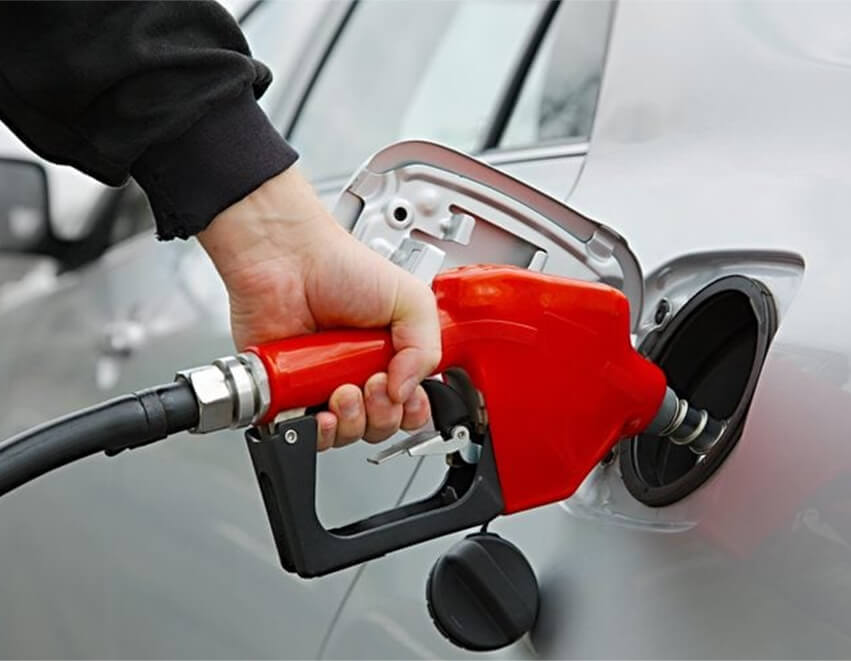Master the art of oil hose installation with comprehensive guidance on selecting, preparing, and securing hoses for optimal performance.
Installing oil hoses correctly is crucial to prevent leaks and ensure efficient fluid transfer in various applications.
Proper installation practices and troubleshooting tips can help maximize the performance and lifespan of Aocheng’s oil hoses.
Oil hoses are designed to transport oils, fuels, and other petroleum-based fluids from one point to another in industrial, automotive, and agricultural machinery.
They provide a flexible and durable conduit that withstands varying temperatures, pressures, and environmental conditions.
Ensure the oil hose selected matches the specific fluid being transferred, considering factors like temperature range, pressure rating, and compatibility with additives or chemicals.
Before installation, inspect the hose for any defects, cuts, or abrasions. Trim the hose ends square and clean to ensure a proper seal with fittings.
Measure the exact length needed for the oil hose and use appropriate cutting tools to ensure a clean, straight cut.
Avoid jagged edges that could affect the sealing integrity.
Lubricate the hose fittings with a compatible lubricant to ease installation and ensure a tight seal. Use crimping or clamping methods to securely attach fittings to both ends of the hose.
Plan the route of the oil hose to minimize bends and sharp turns that could cause stress or kinking. Secure hoses away from moving parts, sharp edges, and hot surfaces.
Use appropriate clamps, brackets, or mounts to secure the oil hose along its length. Ensure fittings are aligned correctly with the hose to prevent strain and potential leaks.
After installation, pressurize the system and inspect all connections and fittings for leaks. Use a soap and water solution to detect small leaks by observing bubbles forming.
Ensure hoses are securely anchored and supported to prevent excessive movement or vibration that can lead to fittings loosening or hose wear.
Clean the area around suspected leak points and visually inspect for signs of oil residue or wetness.
Trace the leak back to its source to identify the specific hose, fitting, or connection requiring attention.
Depending on the severity of the oil hose leak, solutions may include tightening fittings, replacing damaged hoses, or applying a suitable sealant or patch designed for oil resistance.
Consider consulting with a professional for persistent leaks or complex repairs.
Proper installation of Aocheng’s oil hoses is essential to maintain operational efficiency and prevent downtime due to leaks.
Choosing a reputable oil hose manufacturer like Aocheng ensures you receive high-quality products designed for reliability and durability in diverse industrial applications.
By following these comprehensive installation steps and troubleshooting guidelines, you can ensure the reliable performance and longevity of oil hoses in your application.




